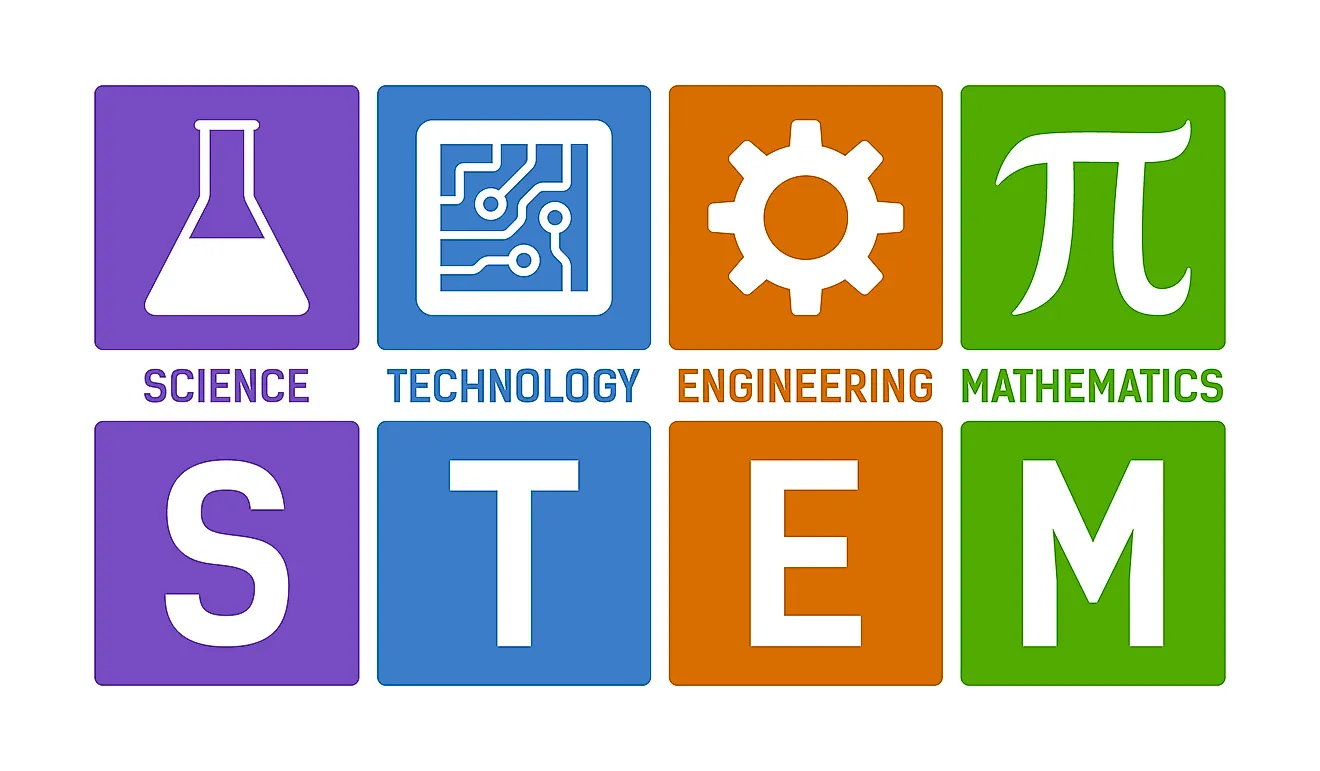STEM (Science, Technology, Engineering, and Mathematics) education plays a crucial role in shaping the next generation of innovators and problem solvers. By providing students with a strong foundation in these disciplines, STEM education equips them with the skills and knowledge necessary to thrive in a rapidly evolving world. Fuel Rectification will explore the various ways in which STEM education nurtures future innovators and prepares them for the challenges of the future.
In today’s increasingly interconnected and technology-driven world, STEM education has gained significant importance. It goes beyond the traditional boundaries of education and focuses on developing critical thinking, problem-solving, and analytical skills among students. By integrating science, technology, engineering, and mathematics, STEM education provides a holistic approach to learning that prepares students for the demands of the modern workforce.
1. The Importance of STEM Education
STEM education is essential for several reasons. First and foremost, it helps students develop a solid foundation in scientific principles and mathematical concepts. This knowledge forms the basis for future learning and enables students to tackle complex problems with confidence. Additionally, STEM education encourages curiosity and a passion for discovery, fostering a lifelong love of learning.
2. Developing Critical Thinking and Problem-Solving Skills
One of the key benefits of STEM education is its emphasis on critical thinking and problem-solving. Students engage in hands-on activities and real-world projects that require them to analyze information, think critically, and develop innovative solutions. These skills are highly valued in today’s workforce, where individuals are expected to adapt to rapidly changing environments and solve complex problems.
3. Fostering Creativity and Innovation
STEM education nurtures creativity and innovation by encouraging students to think outside the box. Through open-ended projects and experiments, students have the freedom to explore and test their ideas. This fosters a sense of creativity and encourages students to take risks, experiment, and develop unique solutions to problems.
4. Encouraging Collaboration and Teamwork
In the real world, innovation often happens through collaboration and teamwork. STEM education promotes collaboration among students, allowing them to work together on projects, exchange ideas, and learn from one another. This collaborative approach prepares students for future careers where teamwork and effective communication are essential.
5. Building Resilience and Perseverance
STEM education instills resilience and perseverance in students. When faced with challenges or setbacks, students learn to persevere and find alternative solutions. This resilience is crucial in the face of failure or obstacles, as it teaches students to view setbacks as opportunities for growth and improvement.
6. Providing Hands-On Learning Experiences
STEM education goes beyond theoretical knowledge by providing hands-on learning experiences. Students engage in experiments, design projects, and simulations that bring concepts to life. This practical approach helps students develop a deeper understanding of the subject matter and encourages active learning.
7. Addressing the Gender Gap in STEM
One of the challenges in STEM education is the gender gap. Historically, there has been underrepresentation of women in STEM fields. STEM education aims to bridge this gap by creating an inclusive and supportive environment that encourages girls to pursue STEM subjects and careers. By promoting gender diversity, STEM education ensures that all students have equal opportunities to excel.
8. Promoting Diversity and Inclusion
STEM education also promotes diversity and inclusion by embracing students from different backgrounds and cultures. It encourages students to appreciate and value diverse perspectives, fostering an inclusive learning environment. By exposing students to a variety of experiences and viewpoints, STEM education prepares them to thrive in a multicultural society.
9. Bridging the Gap between Education and Industry
STEM education plays a vital role in bridging the gap between education and industry. It prepares students for the demands of the workforce by providing them with relevant skills and knowledge. By collaborating with industry professionals, STEM education programs ensure that students are equipped with the practical skills and insights required for future careers.
10. Empowering Students for Future Careers
STEM education empowers students by equipping them with the skills and knowledge necessary for future careers. In a world increasingly driven by technology and innovation, STEM skills are highly sought after by employers. By nurturing future innovators, STEM education opens up a world of opportunities for students and prepares them for successful careers.
11. Supporting STEM Initiatives and Programs
Supporting STEM initiatives and programs is essential for the continued growth of STEM education. Governments, educational institutions, and private organizations must invest in resources, infrastructure, and training to provide quality STEM education. By supporting STEM initiatives, stakeholders contribute to the development of a skilled workforce and a more prosperous society.
12. Challenges and Solutions in STEM Education
While STEM education offers numerous benefits, it also faces challenges. Some of the challenges include limited resources, teacher shortages, and unequal access to quality education. To address these challenges, innovative solutions such as online learning platforms, mentorship programs, and community partnerships are being implemented. These solutions aim to make STEM education more accessible and inclusive for all students.
13. Government and Private Sector Support
To ensure the success of STEM education, both government and private sector support are crucial. Governments can provide funding, policy support, and resources to strengthen STEM education initiatives. Private sector partnerships can offer mentorship opportunities, internships, and financial support for STEM programs. Collaboration between the public and private sectors can create a thriving ecosystem for STEM education.
In conclusion, nurturing future innovators through STEM education is paramount for preparing students for the challenges and opportunities of the future. STEM education develops critical thinking, problem-solving, and collaborative skills while fostering creativity, resilience, and inclusivity. By investing in STEM education, we empower students to become the next generation of innovators, problem solvers, and leaders.


